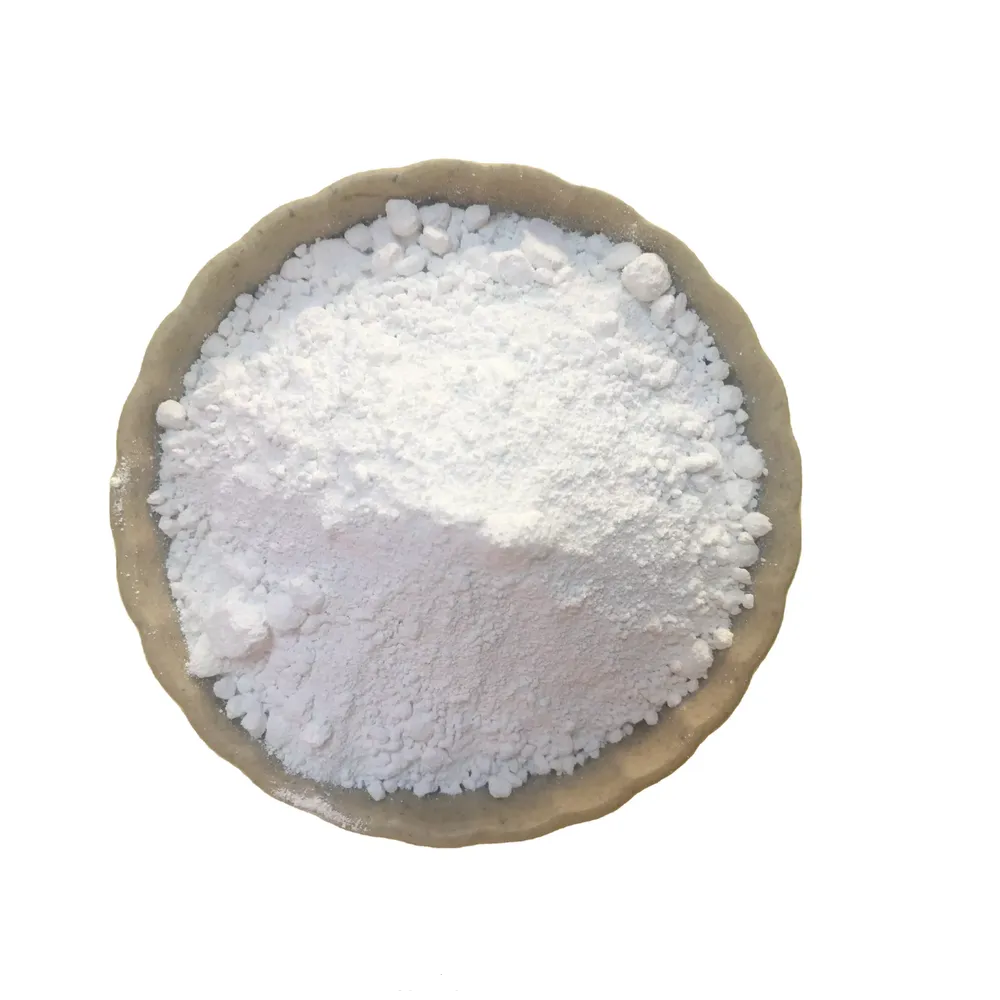
Dec . 09, 2024 17:33 Back to list
Wholesale Pricing for Titanium Dioxide TiO2 in Bulk Quantities
Understanding the Wholesale Market for Titanium Dioxide (TiO2)
Titanium dioxide, commonly referred to as TiO2, is a ubiquitous compound that has garnered considerable attention due to its remarkable properties and extensive applications across various industries. As a white pigment, TiO2 is widely used in paints, coatings, plastics, and cosmetics, contributing to the brilliant whiteness and opacity of products. In this article, we will delve into the wholesale market for titanium dioxide, discussing its significance, market dynamics, and the factors influencing its demand and pricing.
The Importance of Titanium Dioxide
TiO2 is primarily valued for its high refractive index, excellent UV resistance, and chemical stability. It serves as a key ingredient in the production of white pigments, which are crucial for creating aesthetically pleasing finishes in consumer goods. Beyond pigmentation, TiO2 exhibits photocatalytic properties, making it suitable for applications in self-cleaning surfaces and pollution control. Its versatility has led to an increased demand in various sectors, including construction, automotive, and cosmetics.
Market Dynamics
The wholesale market for titanium dioxide is characterized by several factors, including supply chain dynamics, production methods, and pricing strategies. TiO2 is mainly produced via two processes the sulfate process and the chloride process. The sulfate process, which is more environmentally taxing, produces TiO2 from ilmenite ore, while the chloride process uses titanium tetrachloride derived from rutile ore. The choice of production method can significantly influence the cost and quality of TiO2, impacting wholesale prices.
Recent trends indicate a growing shift towards more sustainable practices within the TiO2 industry. Manufacturers are investing in technologies that minimize environmental impacts and enhance the efficiency of production processes. This transition is crucial not just from a regulatory standpoint, but also in response to consumer preferences for eco-friendly products.
wholesale ti02 titanium dioxide

Factors Influencing Demand
1. Industrial Growth The demand for titanium dioxide is closely tied to the performance of key industries, particularly construction and automotive manufacturing. As global economies recover and expand, the need for coatings and finishes that incorporate TiO2 is likely to increase.
2. Regulatory Standards Heightened environmental regulations may affect the availability and production of certain grades of TiO2. Compliance with regulations can lead to production adjustments, influencing wholesale prices and availability.
3. Raw Material Availability The sourcing and cost of raw materials, such as ilmenite and rutile, can significantly impact the production of titanium dioxide. Fluctuations in mining operations, export tariffs, and geopolitical factors can lead to varying costs that wholesalers must navigate.
4. Innovations in Application The expansion of TiO2 applications, especially in the fields of renewable energy and urban development, presents new opportunities for wholesale suppliers. The growth of solar energy, where TiO2 is used in photovoltaic cells, exemplifies the potential for market evolution.
Conclusion
The wholesale market for titanium dioxide stands at the intersection of various industrial forces, technological advancements, and environmental considerations. As demand continues to grow across multiple sectors, it is essential for stakeholders — from manufacturers to wholesalers and end-users — to stay abreast of changing market dynamics. Understanding the implications of production methods, regulatory frameworks, and innovative applications will be vital for navigating the complex landscape of the TiO2 market. Overall, the future of titanium dioxide appears promising, driven by its diverse applications and the ongoing emphasis on sustainability. As the market evolves, key players must remain agile, adapting their strategies to meet the demands of an ever-changing global economy.
-
Essential Guide to Calcium Powder Quotes – Pricing, Quality & Global Insights
NewsNov.24,2025
-
Reliable Anatase TiO2 Pigment Quotes for Sustainable Industry Use | CQ Titanium Dioxide
NewsNov.24,2025
-
Understanding Lithopone B311 Powder Quotes – Market Insights & Applications
NewsNov.23,2025
-
Reliable 30-50nm TiO2 Powders Quotes for Advanced Industrial Use | CQTitanium
NewsNov.23,2025
-
Comprehensive Guide on Lithopone Red Pigments Quotes | Industry Insights & Pricing
NewsNov.22,2025
-
Comprehensive Insights into the Lithopone Market: Global Trends & Applications
NewsNov.22,2025
